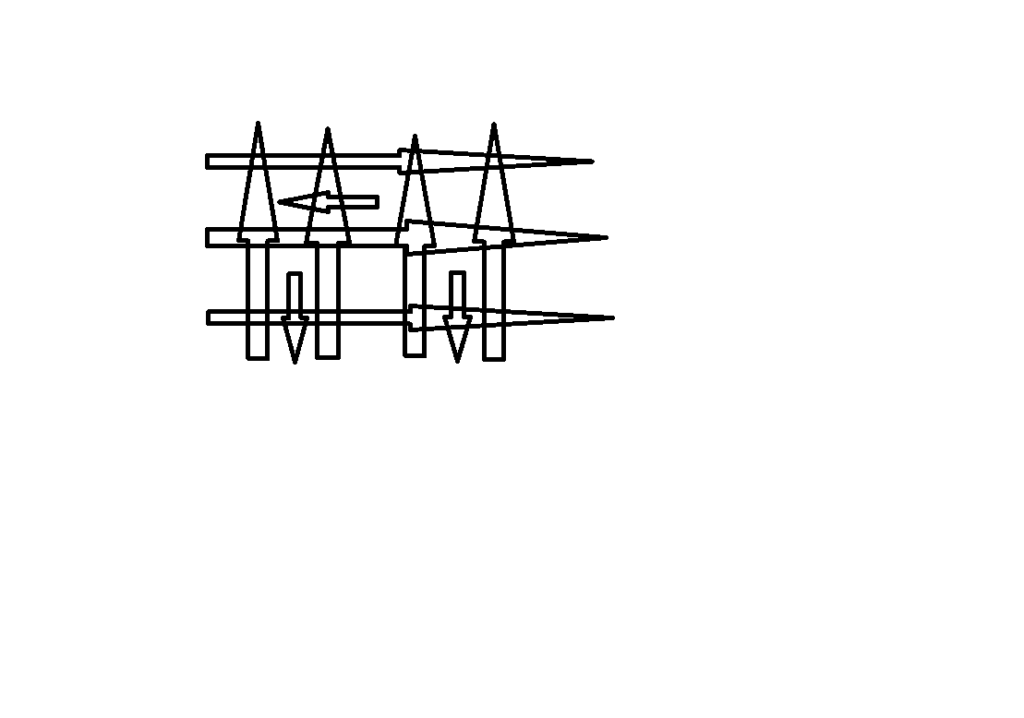October 30, 2019
I got through Ch. 5 of “Quantum Mechanics: The theoretical minimum. What you need to start doing physics” by Leonard Susskind. This is for “Flatland Turned on Out” and maybe “The best video game ever made.”
The first 61 minutes are what’s important here.
My goal is to understand science philosophically and simply before the math.
Every time you prepare a qubit, there are many particles passing through in different directions and speed at a time, with a definite flux in any direction. You measure the flux with the apparatus in a given direction. Even though the flux is definite, it appears random until you measure it.
If you rotate 180 degrees, the flux will be measured oppositely. The same if you rotate it back.
If you rotate 90 degrees, you do not yet know the component in this direction so it is random, but once it is measured it stays that way because it is what it is. Rotate it back and you get the original answer at 0 degrees. (But prepare one going right and up and down will again appear random).
These next 3 paragraphs are speculation since we don’t really know the probabilities for how far it goes from not moving in a direction. It might be bell-curved based.
If you’re at 45 degrees from when it’s moving upward, the chance that it’s moving right at the same flux is equal to 1 or equal to the same (remember they’re both divided by 2 for going both ways). To normalize it, divide by root 2 and 1/root 2 is the cos at 45 degrees.
Let’s say we’re at 30 degrees off of the top. Then for each 1 moving upwards, we have to have 1/root 3 going to the right. To normalize it, divide by 2/root 3 and we get ½ or or cos at 30 degrees.
Let’s say we’re at 60 degrees off of the top. For each 1 moving upwards, we have to have root 3 going to the right. To normalize it, divide by 2 and we get root 3/ 2 or cos at 60 degrees.
These are predetermined, but random until we measure.
But notice that the probability amplitudes get squared and add together like my math.
Also, if two rotations add to another rotation, the sum and the individuals will all still be the same.
Again, when you prepare a new qubit you have a new space with many particles passing through in different directions and speed at a time, with a definite and new flux in any direction that is random until you find it out.
Leonard Susskind said it has to be counterintuitive because 3 ideas don’t work.
- Hidden variables are too hard to measure.
- We are made of quantum mechanical material
- It is unpredictable.
Notice that I didn’t use any. This leads me to have hope in my idea because I therefore think Leonard Susskind didn’t think of it!
And we still have to get into the math!

We can see cross currents in the space that is measured. When the orientation changes, it measures different components of that direction.
For instance, if it were facing right it would measure right, but if it were tilted a little it would be measuring across a vertical distance and might measure left in the horizontal direction.
Notice that if we tilt it at an angle between 0 and 90, there is traffic in the device that hasn’t been measured yet and traffic that won’t be measured any more.
This implies that moving the apparatus can affect the result which is obviously true.